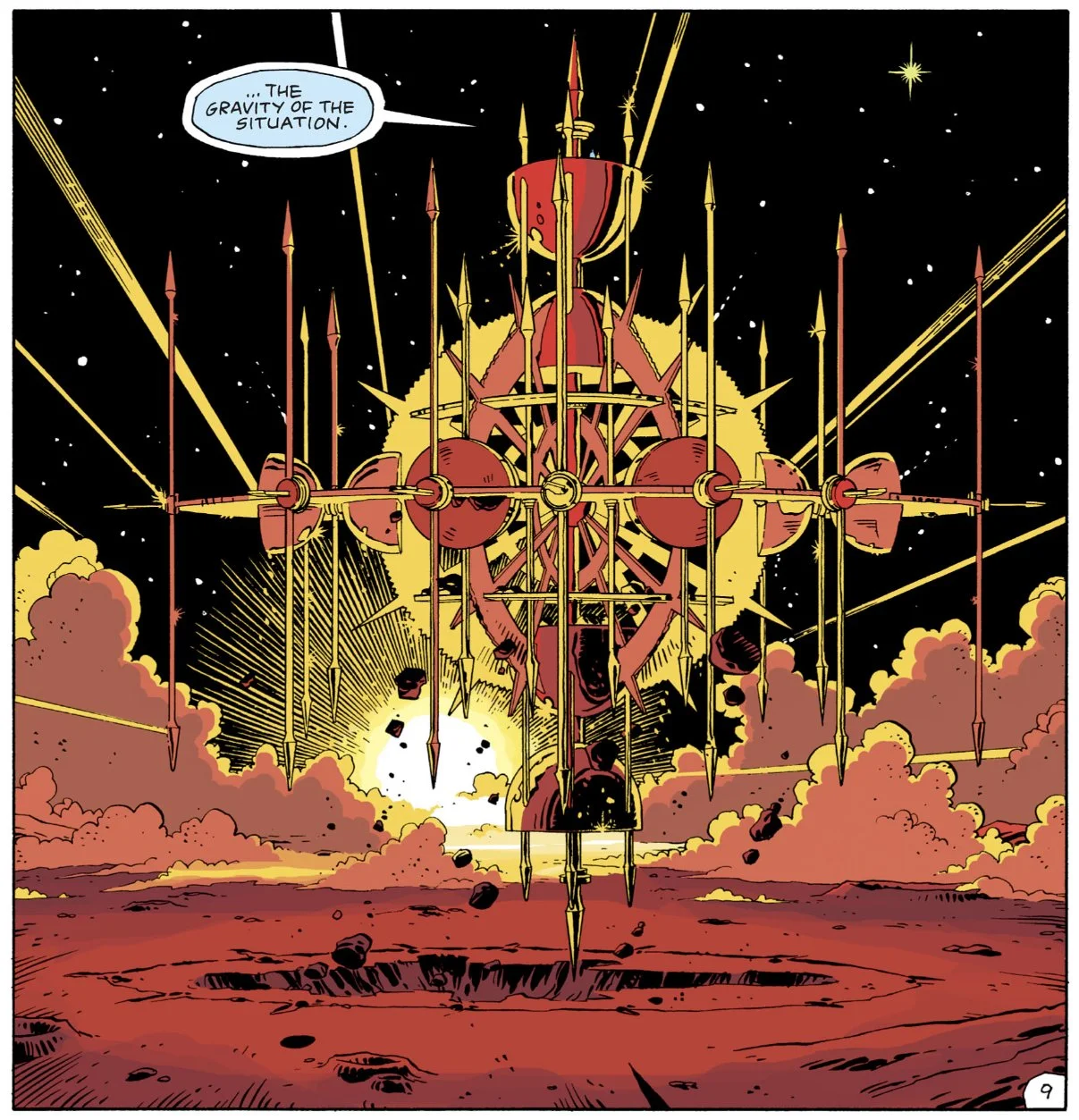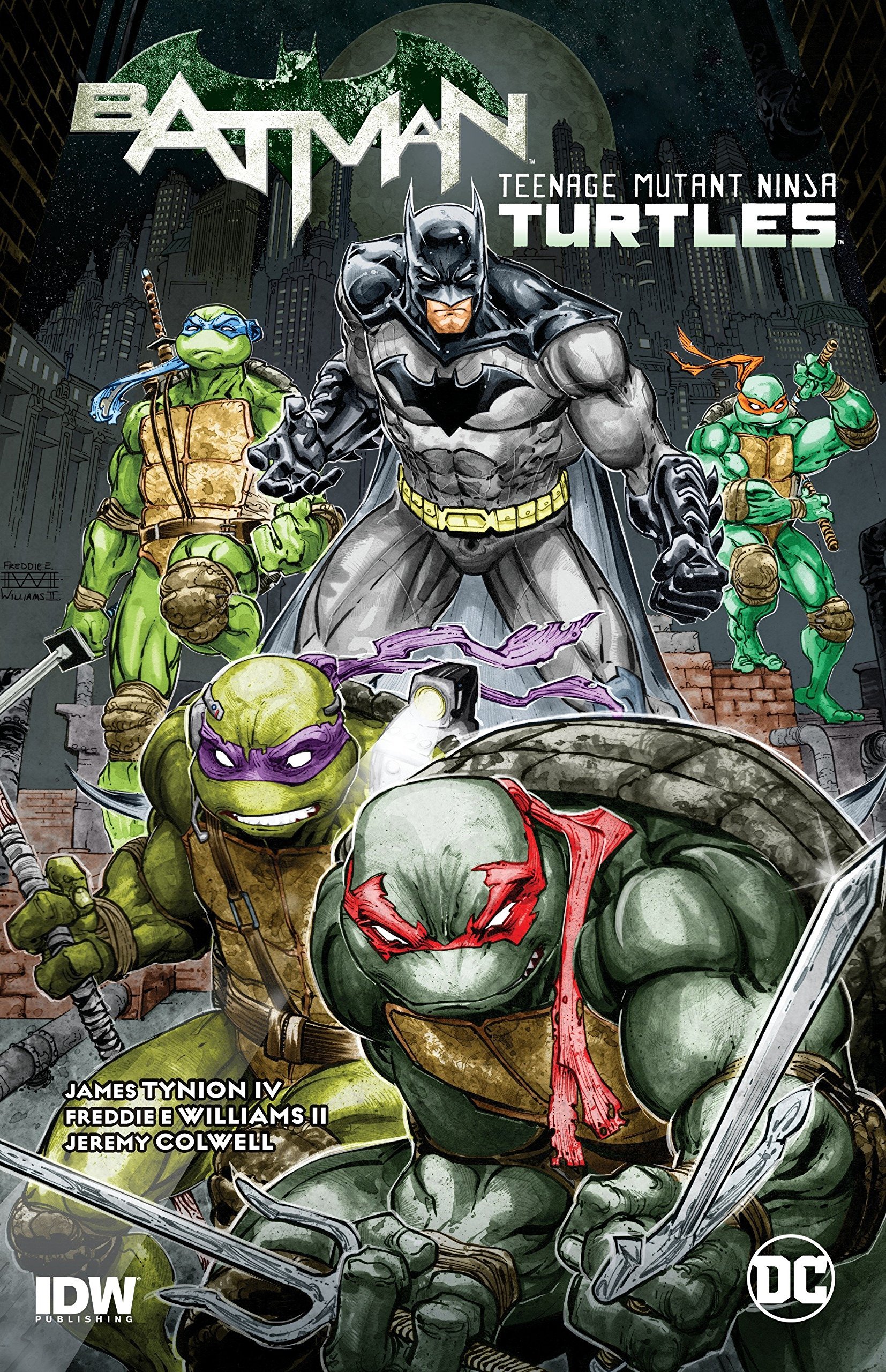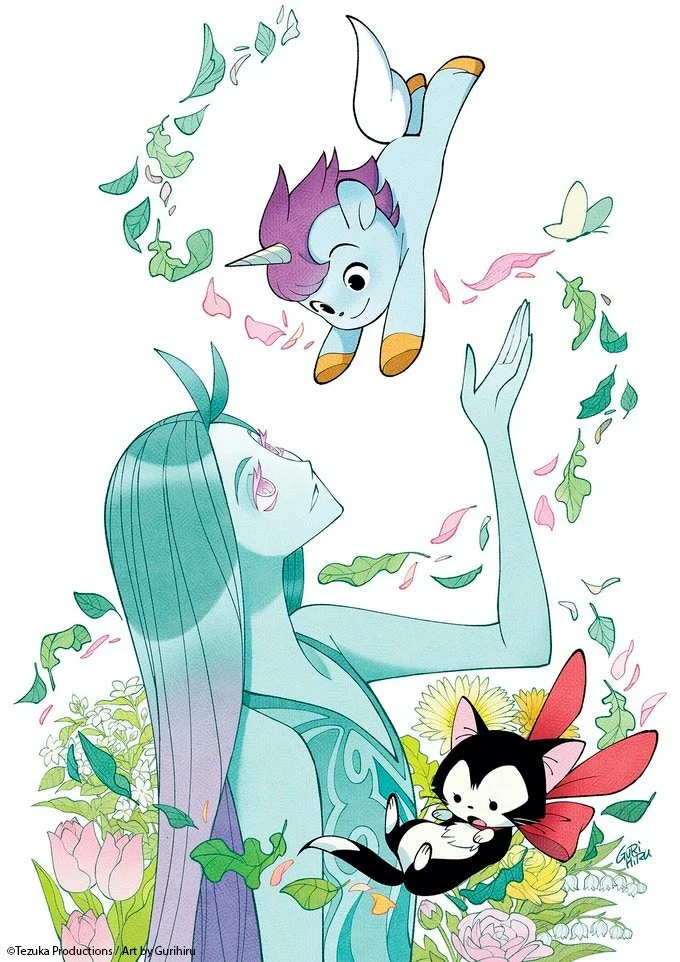The Man Without Fear...By The Year: Daredevil Comics in 1989
By Bruno Savill De Jong — It’s 1989. The Game Boy is released in Japan and America, student-led demonstrations in Tiananmen Square lead to violent responses, a ‘fatwa’ is ordered against author Salman Rushdie, and the Berlin Wall separating East and West Germany falls. People are listening to “Fight the Power,” watching Batman and reading Daredevil.
Daredevil Comics in 1989
Written by Ann Nocenti
Illustrated by John Romita Jr., Steve Ditko (264)
Inks by Al Williamson, Mike Manley (264)
Colors by Greg Wright (261, 266-267), Max Scheele (262-265, 268-276)
Lettered by Joe Rosen
A dark joke inside of Ann Nocenti’s involvement with Inferno – the 1989 X-book crossover which involved, among other things, a demonic invasion of New York – is that the local residents are unphased. New Yorkers already accept they’re living in a hellhole, so Inferno satirically intensifies the typical problems they already face; flagrant pollution, unsympathetic landlords, noisy construction and corrupt cops. Even before it erupts, “Hell’s Kitchen is burning and about to catch fire,” a heatwave exasperating tension like Spike Lee did in the classic Do The Right Thing (also released in 1989) that demonstrates New York is “an angry place… ripe for a revolution.” So civilians don’t so much lose their minds but try to continue as normal, telling Daredevil “I’m late for work, and all the bus drivers are being eaten by demons.”
Daredevil’s involvement in Inferno exhibits this cheeky tone, displaying Nocenti’s irreverent political commentary alongside genuinely disturbing imagery of the city coming alive, alongside the mischievous comedy of the demons wreaking havoc. Even as Daredevil is missing in action, fighting for his life after Typhoid Mary’s assault, Nocenti comedically shows the Human Torch’s futile attempts to “act tough” as his replacement. Inferno arrived at an appropriate time, therefore, since the domestic tranquility Matt Murdock briefly managed to build with Karen Page comes burning down yet again this year. As Daredevil lays comatose, Karen Page discovers his emotional affair with Mary, and runs off tear-stricken into a back-alley of drugs and vice (laced with literal demonic influence) that she’d escaped from. Meanwhile, their Drug and Legal Clinic is demolished during Inferno. All of Daredevil’s progress towards a healthier life has been destroyed.
Daredevil claws his way back to consciousness just as Inferno takes hold, telling his sketchy hallucination of Stick – after expressing doubts he even wants to recover – “I don’t care how cruel, how dark, how horrible – I want life! All of it!” Yet notice how Matt doesn’t provide any upside of living here. He accepts life is worth living even if its miserable, but hasn’t yet found a purpose beyond survival. If Born Again deconstructed Daredevil only to rebuild him, here Matt is left without that final pure motivation. He beats up Inferno’s demons, but without any expression, simply operating on autopilot.
This loss of purpose, of hope, has extra dimensions through Daredevil’s religious lens. Nocenti’s run has largely been street-based or black-ops oriented until now, but Inferno brings a bombastic supernatural element for Matt to confront, alongside his Catholic Guilt. Inferno confronts his with the possibility “that man was just an experiment – that failed?” He is left filled with violent vengeance, and goes to confession to try and quell these impulses. “A Beer with the Devil” (Daredevil #266) – which Anna Peppard did an excellent close-reading of at Shelfdust – has Daredevil literally meet (and make out with) Marvel’s Satan, Mephisto, to further ponder such questions.
Daredevil’s lonely drinking on Christmas (based on Nocenti’s own Christmas at a topless bar) squarely contrasts to last year’s holiday issue (“Merry Christmas, Kingpin” (Daredevil #253)), where Matt celebrated with his friends at the Clinic while the Kingpin was defeated by sentimental goodwill. This year, Matt is all alone (even wearing his Daredevil costume out drinking) and Mephisto taunts him with how “immense evil is… you used to believe, that one man, no matter how small, could fight evil” but that Daredevil will eventually be worn down into a “speck of red, a shrunken flash of color. A small bit of grit, of drifting dust. A nothing.”
The world becomes too much for Daredevil, too immense. The enormity of his loss, of the never-ending and futile battle against evil, threatens to swallow him up. Daredevil’s solution is to blot it out and remove himself, using his super-senses to focus on what’s in front of him instead of looking at the big picture. Even before he met Mephisto, another demon told him something similar about New York; “This city’ll get you, if I don’t. It hammers you, day in day out!... A man made numb, a New Yorker. Go through the motions… try to survive.”
This speech clearly parallels the daily grind of New York with Daredevil’s constant struggle. But Matt takes it further by deciding the two are inextricably linked. He runs away from the city to upstate New York, boarding a train to Albany as a vacation from himself. Yet Matt is still “go[ing] through the motions” in his subsequent small-town adventure. He still helps whoever he encounters – that’s an instinct he cannot abandon – but in a decidedly more unenthusiastic and brutal manner than before, nearly lynching one gang member for the threats he made.
Often, these stand-alone stories of Daredevil drifting through small towns comment on him not rarely interacting with the people there. Even in Frank Miller’s “Badlands,” the mute Matt served as an inspirational figure. Now, Daredevil fades in and out without the locals even really noticing. Matt admits as much that he’s “sleepwalking” through life, confessing “I still go through the motions. If something criminal hits me in the face, I feel compelled, programmed to do something. But I don’t look for it. I avoid trouble.”
These themes of “programming” neatly dovetail into the first proper story-arc after Daredevil’s departure from New York City. Matt runs into Brandy, the daughter of corrupt government drug-runner Skip Ash who also owns a genetically engineered farm, propelling Brandy into rebellious eco-activism. Nocenti polemically details the horrendous animal cruelty within these farms, listing how pigs are bred to be slaughtered while driving psychotic through the cramped, isolated conditions. Even Daredevil becomes immediately sympathetic to Brandy’s cause after he scopes out the farm.
Politics in comics can sometimes feel performative, and this is Nocenti using Daredevil as a soapbox at its most blatant. But I’ve never much minded creators using their platforms to discuss issues, and this feels like a genuine issue Nocenti wanted to discuss. Grant Morrison in Animal Man, released contemporaneously to Nocenti’s Daredevil, would also explore similar issues. Plus the conditions of the farm are less advocating vegetarianism, and more playing into the overarching theme of humanity’s capacity for cruelty if it’s the most convenient option.
Nocenti adds on Skip Ash’s government connections, also indicting how the government protects and restores the rights of capitalist corporations over other people’s suffering. One agent sent to defend Skip’s factory farming is codenamed “Shotgun,” repeatedly listing how expensive his massive weaponry is, commenting on the excessive waste of military expenditure. Shotgun satirizes the beefcake ‘80s action heroes like Commando or Rambo, even if he also precedes the unironic badass ‘90s heroes just around the corner in comics.
What Shotgun is meant to recover, though, goes back to the “programming” theme, as Skip Ash has genetically engineered the “perfect woman” to be his bride. She is “Number Nine,” and acts like a living barbie doll, constructed to be exceptionally radiant and utterly submissive, her head filled with glossy magazines and cooking recipes. Nocenti parallels the mistreatment of animals with how patriarchal gender stereotypes have conjured this objectified woman, who escapes the farm with Daredevil and Brandy. Brandy is annoyed by Number Nine’s retrograde fawning over Daredevil, but as Gorgon of the Inhumans – a late addition of a subplot, which nevertheless reinforces the themes of “genetic engineering” given the Inhumans backstory – says “everyone is programmed to some degree.”
This then leads into Daredevil’s involvement with Acts of Vengeance, a company-wide crossover where Marvel heroes switched up their supervillains. As with Inferno, Nocenti smartly uses this tie-in towards her themes, as Daredevil faces an Ultron rebuilt and reprogrammed by Dr Doom. What results is a fascinating existential crisis, as Ultron is aware he has been “programmed” to kill Daredevil but is also unable to avoid such instincts. Such internal logical paradoxes make him drawn to Number Nine – also grappling with her unwanted “programming” – and battle against his conflicted inner-conscious. Mephisto and Ultron would appear to be the opposite ends of genre villainy – demonic and robotic – but Ultron contemplates himself as a “flawed creation of humanity,” tragically imprisoned in an imperfect world that he constructs a quasi-pagan ritual around transcending.
1989 is a particularly strong year for Daredevil, with Nocenti using the familiar trick of tearing down Matt Murdock’s life, but doing so with fresh direction and fascinating existential ideas. John Romita Jr (or perhaps Al Williamson on inks) becomes somewhat bulkier this year, which works with the increasingly haggard tone of an embittered Daredevil. JRJR also delivers a unique redesign of Mephisto that lands him in more overtly incomprehensible demonic territory.
One issue had JRJR missing (he was getting married) and being replaced by Steve Ditko for a distinct retro standalone chapter of The Owl taking over cocaine packages rigged with explosives. It’s an odd comic, old-fashioned in tone and style from the rest of the year, which Nocenti otherwise balances with both humor and depth. She brings Daredevil into some unfamiliar spaces this year, be it urban demonic invasions or countryside factory farms, but still drills down into questioning whether one man can make a difference, or whether the world is too immense for him to take it on.
Read classic Daredevil Comics!
Check out past installments from The Man Without Fear…By The Year!
Check out Bruno Savill De Jong’s last regular series, Gotham Central Case by Case!
Bruno Savill De Jong is a recent undergraduate of English and freelance writer on films and comics, living in London. His infrequent comics-blog is Panels are Windows and semi-frequent Twitter is BrunoSavillDeJo.











